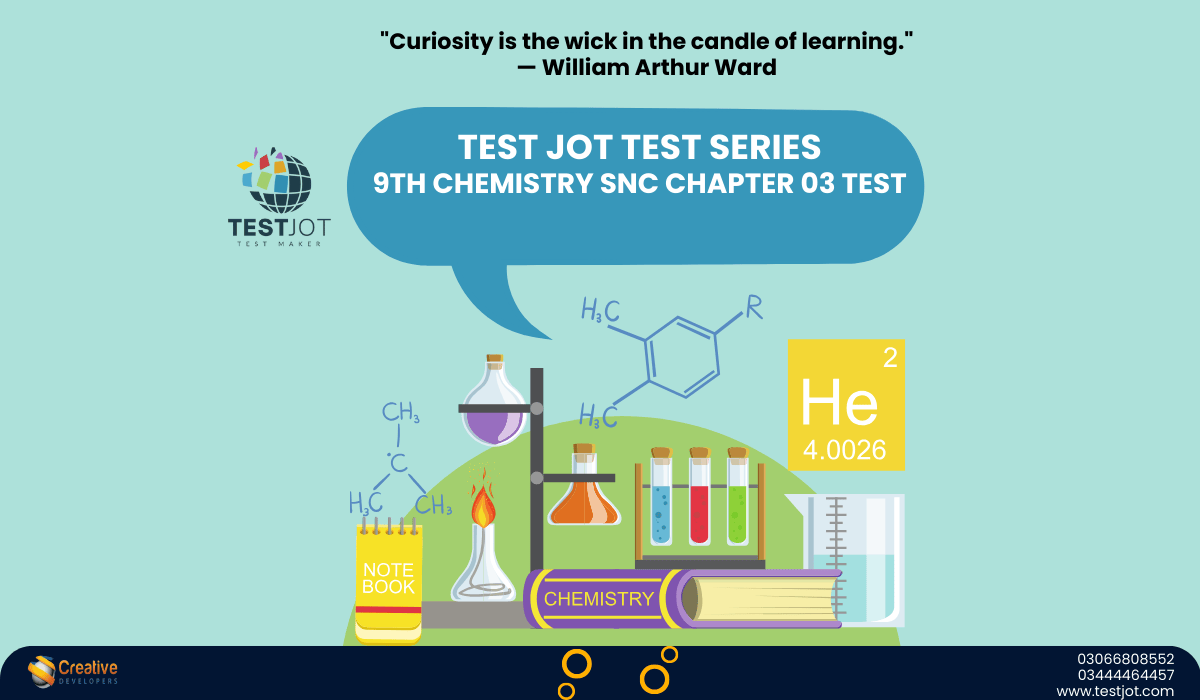Unlocking the Secrets of Chemical Bonds: A 9th Grader’s Guide
Chemistry isn’t just about elements and reactions—it’s about understanding why atoms stick together to form everything from water to diamonds. In Chapter 3: Chemical Bonding, you’ll uncover the invisible forces that hold matter together. Let’s simplify these concepts and make them as engaging as a mystery novel!
What’s Inside Chapter 3?
This chapter answers the ultimate chemistry question: Why do atoms bond? Here’s a sneak peek:
- Why Bonds Form: Atoms bond to achieve stability, like friends teaming up to win a game.
- Types of Bonds:
- Metallic Bonds: How metals share electrons (think of a “sea” of electrons in copper wires).
- Ionic vs. Covalent: Salt (ionic) vs. water (covalent)—why one dissolves and the other doesn’t.
- Electropositive Metals & Electronegative Non-Metals: Why sodium loses electrons easily, while chlorine grabs them.
- Intermolecular Forces: The “glue” between molecules that decides if a substance is a gas, liquid, or solid.
Why Should You Care?
Chemical bonds explain everyday wonders:
- Why ice floats (hydrogen bonds in water).
- How batteries work (electron transfer in metallic bonds).
- Why diamonds are hard (strong covalent networks).
Mastering this chapter helps you predict material properties and even understand biological processes like DNA structure!
Test Your Bonding Knowledge!
Ready to challenge yourself? Download our Chapter 3 Practice Test (yes, we’re prepping you backward!) to review atomic structure before diving into bonds.
📥 Download Chapter 3 Test:
Study Hacks for Chemical Bonding
- Use Analogies: Compare ionic bonds to gift-giving (electrons as presents) and covalent bonds to sharing a pizza.
- Draw Diagrams: Sketch electron transfers in NaCl or the lattice structure of diamonds.
- Relate to Real Life: Notice how non-stick pans use covalent bonds (Teflon) and metals conduct heat (metallic bonds).
Common Questions Demystified
- “Why do noble gases rarely bond?”
Their electron shells are already full—no need to gain, lose, or share! - “What’s the difference between bonding and intermolecular forces?”
Bonds hold atoms together (strong), while intermolecular forces hold molecules together (weak).
Final Thoughts
Chemical bonding is the ultimate teamwork lesson in science. Whether it’s the ions in your table salt or the carbon chains in your DNA, these invisible forces shape your world. Use the Chapter 3 test to strengthen your atomic basics, and you’ll ace Chapter 3 like a pro!
Meta Keywords: 9th Grade Chemistry, Chemical Bonding, Ionic vs Covalent Bonds, Metallic Bonds, Intermolecular Forces, Chemistry Test PDF.






